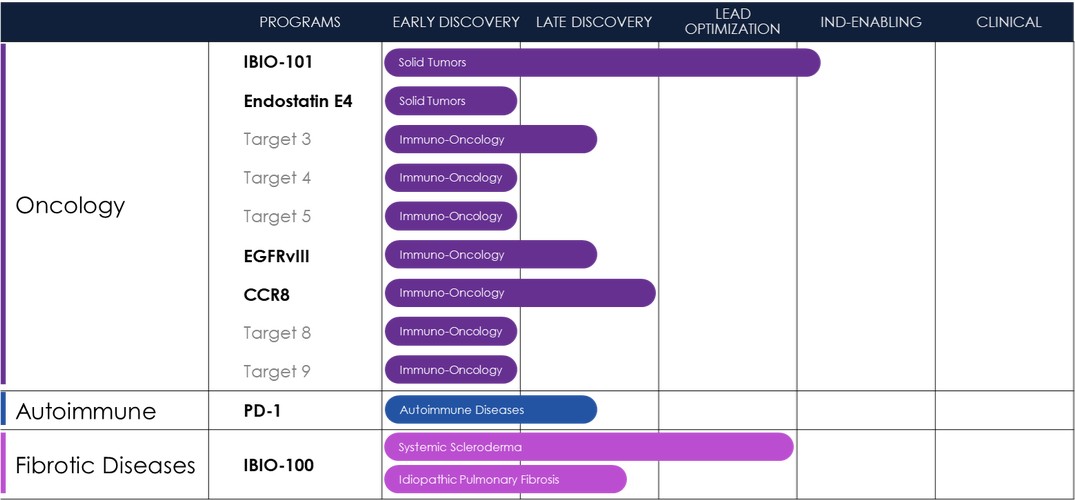principal payments of $250,000 per month in debt amortization for a 6 month period commencing the date of the amendment through March 2023, (iv) include an amendment fee of $22,375 and all costs and expenses, (v) require delivery of a report detailing cash flow expenditures every two (2) weeks for the period prior to the delivery of the last report and a monthly 12-month forecast (vi) reduce the liquidity covenant in the Guaranty (as defined in the Credit Agreement) from $10 million to $7.5 million with the ability to lower the liquidity covenant to $5.0 million upon the occurrence of a specific milestone in the Credit Agreement, and (vii) change the annual filing requirement solely for the fiscal year ended June 30, 2022, such that the filing is acceptable with or without a “going concern” designation. In addition, Woodforest cancelled the irrevocable letter of credit issued by JPMorgan Chase Bank upon closing of the amendment. If we fail to successfully extend our cash runway via strategic options or other alternatives as described, we would be in violation of the liquidity covenant on December 31, 2022.
As a result of the foregoing, at both September 30, 2022 and June 30, 2022, the Term Loan has been classified as short term. At September 30, 2022, the balance was $22,201,000 which consisted of the Term note of $22,375,000, net of approximately $174,000 of deferred finance costs. At June 30, 2022, the balance was $22,161,000 which consisted of the Term Note of $22,375,000, net of approximately $214,000 of deferred finance costs. Interest expense incurred under the Credit Agreement for the three months ended September 30, 2022 amounted to $186,000. Amortization of deferred finance costs amounted to $40,000 for the three months ended September 30, 2022 and is included in interest expense. Both interest expense amounts are classified under loss from discontinued operations.
Security and Pledge Agreements, Guaranties and Deed of Trust
iBio CDMO also entered into a Security Agreement on November 1, 2021 with Woodforest (the “Security Agreement”) providing Woodforest a security interest in the following assets of iBio CDMO (subject to certain exclusions): all personal and fixture property of every kind and nature, including, without limitation, all goods (including, but not limited to, all equipment and any accessions thereto), all inventory, instruments (including promissory notes), documents, accounts, chattel paper (whether tangible or electronic), deposit accounts, securities accounts, letter-of-credit rights (whether or not the letter of credit is evidenced by a writing), money, commercial tort claims, securities and all other investment property, supporting obligations, contracts, contract rights, other rights to the payment of money, insurance claims and proceeds, software, fixtures, vehicles and rolling stock (whether or not subject to a certificate of title statute), leasehold improvements, general intangibles (including all payment intangibles), and all of iBio CDMO’s company and other business books, reports, memoranda, customer lists, credit files, data compilations, and computer software, in any form, including, without limitation, whether on tape, disk, card, strip, cartridge, or any other form, pertaining to any and all of the foregoing property, and all products and proceeds of the foregoing.
The Company also entered into a Guaranty for the benefit of Woodforest (the “Guaranty”) pursuant to which it guaranteed all of the obligations of iBio CDMO to Woodforest.
In addition, iBio CDMO entered into a Leasehold Deed of Trust, Assignment of Rents, Security Agreement and UCC Financing Statement for Fixture Filing (the “Deed of Trust”) with the trustee named therein and Woodforest as beneficiary, securing all of iBio CDMO’s obligations to Woodforest by a senior priority security interest in the Property.
The Company and iBio CDMO also entered into an Environmental Indemnity Agreement in favor of Woodforest (the “Environmental Indemnity Agreement”).
The Warrant
As part of the consideration for the purchase and sale of the rights set forth above, the Company issued to Bryan Capital a Warrant to purchase 51,583 shares of the Common Stock at an exercise price of $33.25 per share. The Warrant expires October 10, 2026, is exercisable immediately, provides for a cashless exercise at any time and automatic cashless exercise on the expiration date if on such date the exercise price of the Warrant exceeds its fair market value as determined in accordance with the terms of the Warrant and adjustments in the case of stock dividends and stock splits. Of the shares issued under the Warrant, 11,583, which were originally valued at $217,255, reflected the final payment of rent due under the Sublease. The Warrant, as shown on the condensed consolidated statements of equity, was recorded in additional paid in capital with the corresponding activity included in the basis of the purchase price allocation of the property acquired. See Note 16 – Stockholders’ Equity for additional information.
RubrYc
On August 23, 2021, the Company entered into a series of agreements with RubrYc Therapeutics, Inc. (“RubrYc”) described in more detail below:
